
Kiddi’s Playground
Iceland has always been a geothermal hotspot, but these days it’s a melting pot of creativity, community and collaboration. We follow the collaborative trail of the latest Icelandic star to bubble over internationally, Ásgeir.
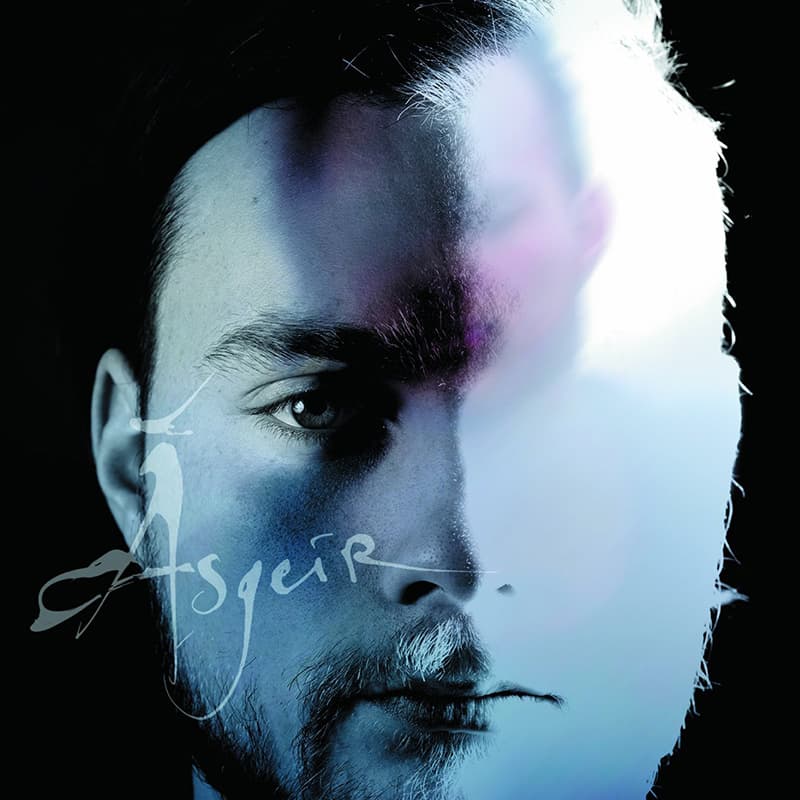
Artist: Ásgeir
Album: In The Silence
Story: Dax Liniere
It’s late afternoon when I roll up to the Syrland studio complex in the quaint Icelandic fishing town of Hafnarfjörður. Like many Icelanders, producer/engineer Guðmundur Kristinn ‘Kiddi’ Jónsson is warm and welcoming, and leads me into a sun-soaked live room designed in 1975 by acoustician and architect John Storyk, whose rap sheet includes New York’s Electric Lady Studios.
Kiddi somehow still manages to oversee the entire complex, despite producing Ásgeir and touring the world with the talented 20-year old who erupted onto the international scene in 2014. It’s just the way the self-confessed workaholic likes it. Syrland has been one of the bubbling crucibles of Iceland’s musical landscape ever since it opened, and Kiddi doesn’t want that to change.
If he had to put Syrland in a box, Kiddi would lean towards describing the last decade as having a Motown Records-like work ethic — just Icelandic, and with completely diverse artists. “I have my friends here and we just record albums with all kinds of artists,” said Kiddi. “Often we have a few bands going on at the same time. We have a reggae band called Hjálmar and a country band called Baggalútur. We’ve also done many albums with an Icelandic legend called Megas, he’s like our Bob Dylan. And most musicians will also have a solo project, so the same group works on lots of different projects.
“We’ve also produced a TV series which lasted three seasons and won the biggest TV award every year. The concept for the series was to ask young up-and-coming Icelandic artists and older established ones who they idolised, then put them together to write a song. The TV series is about pairs of artists working together and making something new in the studio. We also did a New Year’s Eve party where the concept was to start with only one guy, then add artists to the stage. The rule was that once you go on you can never go off, so by the end, we had 50 people playing the same song. It was really expensive, but it was really fun!”
HOMETOWN RULES
Like a lot of talented engineers, Kiddi played in a band, then went through the gradual metamorphosis of recording his own band, realising he was quite good at it, and flying more on the technical side ever since; with a bit of international weekend warrior touring for kicks.
Kiddi really got serious about the Icelandic studio scene in 2002. “I used to work from an old studio in my home town of Keflavík that belonged to an Icelandic legend, Rúar Júlíusson,” recalled Kiddi. “When he was 18 he was in the national football team and the ‘Icelandic Beatles’, and was also dating Miss Iceland. I met him in his sixties, which was a good time since I had just bought Pro Tools — he didn’t even have a computer! When I moved to Reykjavík, I moved out of his studio into another old legend’s studio in Hafnarfjörður called Hljóðriti, which had been closed for 10 years, and is now part of Syrland. It’s quite important to our history; in a book of the top 100 Icelandic albums, 35% came from this studio. It was the first serious studio. Before that everyone went to New York, London, or Denmark to record.”
It might have a serious heritage in Iceland, but Kiddi prefers to keep things light at Hljóðriti. “I like to work in situations where you give yourself rules like that New Year’s Eve party. It doesn’t make any sense to do it that way, but it’s fun. Like when we made an album with only one Sennheiser MD421 microphone, or another album where we only used ribbon microphones. Just add some rules that make your work fun. Set a dress code for the studio, or permit smoking or drinking. Even better, make it that you should smoke and drink in the studio!” [laughs]
And as for how the Icelandic music culture seems so diverse, Kiddi has a simple answer for that: “There are no competitive bad vibes. People here say, ‘Since we already have an afro-beat band, let’s do something else.’ Everybody is thinking how to be different, because the market is so small. It sounds weird if you’re all the same. We have all kinds of artists here — big-bands, afro-beat bands, three or four different reggae bands, a really good techno band, plus lots of folk and electronic; we have everything. What I think is really good in Iceland is that it’s so easy to get around and get people to the studio; everybody works together in some way.
“For me, the problem with the music industry today is how studios are changing to grass-roots home jobs. There are lots of people who can play all the instruments and they want to do everything in the computer themselves — but they’re missing the benefits of meeting a lot of people in a studio while working together. That’s where the magic often happens. You put five or six really good musicians in the same room playing together and record that. And also mixing it together; it can be boring and uninspiring when you’re stuck working alone on a laptop.”
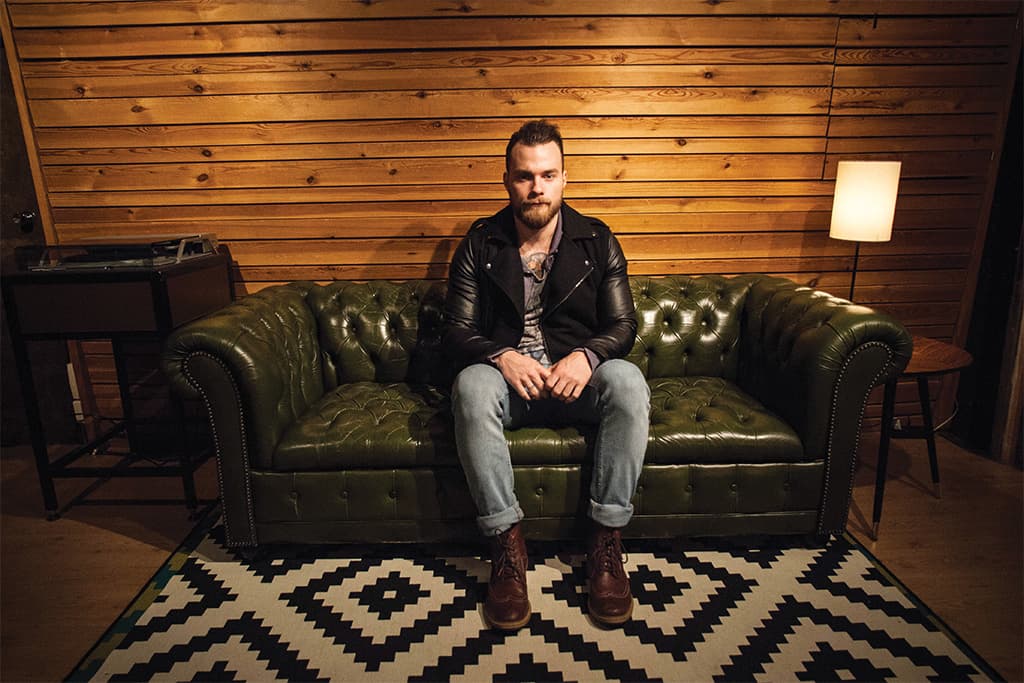
BREAKING THE ICE
Kiddi has had many successes in his career, but in 2012 a young man from a small farming town made his mark with domestic sales of his first album, In The Silence, out-pacing Björk and Sigur Rós’ debut albums combined.
AudioTechnology: How did you end up working with Ásgeir?
Kiddi: Ásgeir contacted me because I’d been working with his brother, who is the singer in Hjálmar. Somebody told him he should take his songs to a studio, do some demos and see where it can go. We got into the studio and did one song, then I said, “Just two more songs and if it’s fun, and you like it, then we can record more songs.”
So we did the first song and put it on the radio and on my TV show and it just blew up. It was one of the biggest hits in Iceland for many, many years. 10% of the population bought the album.
We thought that in these times of internet, downloading and Spotify, you couldn’t sell 10% of the nation any type of music, but it appeals to people of all ages. It was really nice to see it grow, and it’s still growing outside of Iceland. His father (an Icelandic poet) writes the lyrics, along with a friend from a farm in Ásgeir’s town. It’s more collaboration, people working together and I really like that. It’s a beautiful story.
AudioTechnology: What was the production and recording process of In The Silence?
Kiddi: It wasn’t until we really got started that we realised Ásgeir would play most of it himself, except the drums. Originally, I brought a lot of musicians into the studio, but most of the time it ended up just the two of us messing around with synthesisers.
Half of the songs are electric and the rest acoustic, written before he met me. Those songs were brought in basically ready, so it was mostly recording them, adding some little twists here or there. The other songs came about when Ásgeir saw synthesisers and drum machines for the first time. I would say, “Check out this machine, it’s called a Moog.” Songs were born in the studio with synths and drum machines, but what we wanted to do from the beginning was combine those with acoustic guitar and grand piano, little bits of both worlds. Of course we don’t know how the next album is going to sound, but Ásgeir basically fell in love with synths working on this album and it rekindled my love, too. I had a few synths when we started, but now we have a lot. We’ve been buying them like crazy over the last two years.
For Ásgeir to go into a studio like Hjóðriti made a lot of sense. We have Telefunken U47, Neumann U67 and DPA mics, great preamps, great compressors, plus lots of other cool gear. Normally when people get signed and receive their advance from the record label they buy Pro Tools just to make demos, but we had everything already. It means we could go buy something different. Hjóðriti is like a recording heaven for us. I don’t know how many guitars or amplifiers we have — it’s a lot! I find sometimes it’s hard to record outside my studio because I’m used to having such a variety of gear on hand. But the good thing about going away from home is that you get to try new gear and you also get ‘work peace’, which is especially important when you’re working with a whole band. No one has to pick up their kids or go to the bank when you’re stuck in Cuba!
After that kind of recording, we would normally go back to my studio in Iceland to finish it off with overdubs and mixing.



ON TRACK
Kiddi: Ásgeir’s vocals are always triple-tracked, usually with a U47 in the centre and hard-panned left and right, though sometimes I’ll use an AEA44 ribbon on the sides. I like Chandler preamps quite a lot.
On acoustic guitar I love DPA 4041 Gold omni microphones. They are so good, especially when you have a great guitar player like Ásgeir who is tight and ‘equal’ across all the strings. It gives a good guitar sound and you don’t get any phase problems because they’re omnidirectional.
On the grand piano we always use Coles 4038s above the keyboard from the listener’s perspective — that’s our grand piano sound. They are dark microphones so they give a really nice warmth. I use ribbons a lot on drums and actually, lots of things. Ribbons on digital recordings get you a good spirit, they’re a good match. I also have an old pair of Philips ribbon mics I like to use as room mics to get some dirt on the drums.
The Chandler TG2 is my number one preamp, along with the API 3124. I use Chandler’s TG1 compressor and Curve Bender on everything, Vac Rac TSL-4 Tube Limiter on vocals and, of course, I love Distressors. I usually have them set pretty fast for bass and guitars, and I do use the distortion options sometimes. I like them, but it depends on what I’m doing. It’s a great compressor; a real workhorse.
For the reverb, I use the TC Electronic 4000 and I have a real EMT140 plate. I really like the UAD EMT140 emulation and normally use it a lot, but on Ásgeir’s album I used the real one. I really love the UAD EMT250, too, and use it frequently, along with many of the UAD plug-ins as they sound really great. But you have to balance it carefully. I don’t want to use only plug-ins and on the other hand it would take a long time using only outboard. I do use outboard a lot, but I take almost everything out of the computer and back in again. I use it mostly in mixing more than during recording.
AudioTechnology: You’re credited with mixing the Icelandic version of In The Silence, but not the international release, why’s that?
Kiddi: When we did the English translation of the album, we worked with Dave Bascombe at The Pool studio in London and ran it through his old EMT A100 [30-channel, 8-bus] desk to sum the stems I had mixed. I was just curious to hear what would happen as I had been reading a lot about summing through a desk. I was also curious to watch someone else work, to get another man’s opinion, as this was the first album I’d produced that’s gone big internationally. Just to be sure everything’s okay.
AudioTechnology: How was that experience?
Kiddi: It was fun, and nice to talk about what we’ve been doing with somebody who wasn’t involved. It hasn’t changed the way I work, but it was very interesting. Later we went to Electric Lady Studios in New York for a radio session with Ásgeir and there we ran our programme through the Neve 8078 desk they have. You could feel that desk is good — the holy grail.
AudioTechnology: And what about the translation into English with John Grant? Were you and Ásgeir worried the meanings would be lost in translation?
Kiddi: It took a long time to get him to the studio, but he had a week off in Iceland which was perfect timing for when we needed to record. He just came to the studio with one song ready and while Ásgeir was singing those lyrics, he translated the next one on-the-fly. That happened for two or three days until it was finished. And he was there to help with the pronunciation, too. It was really good because he can speak many languages. He’s very clever, he learned Icelandic in three months.
It was one of the biggest hits in Iceland for many, many years. 10% of the population bought the album
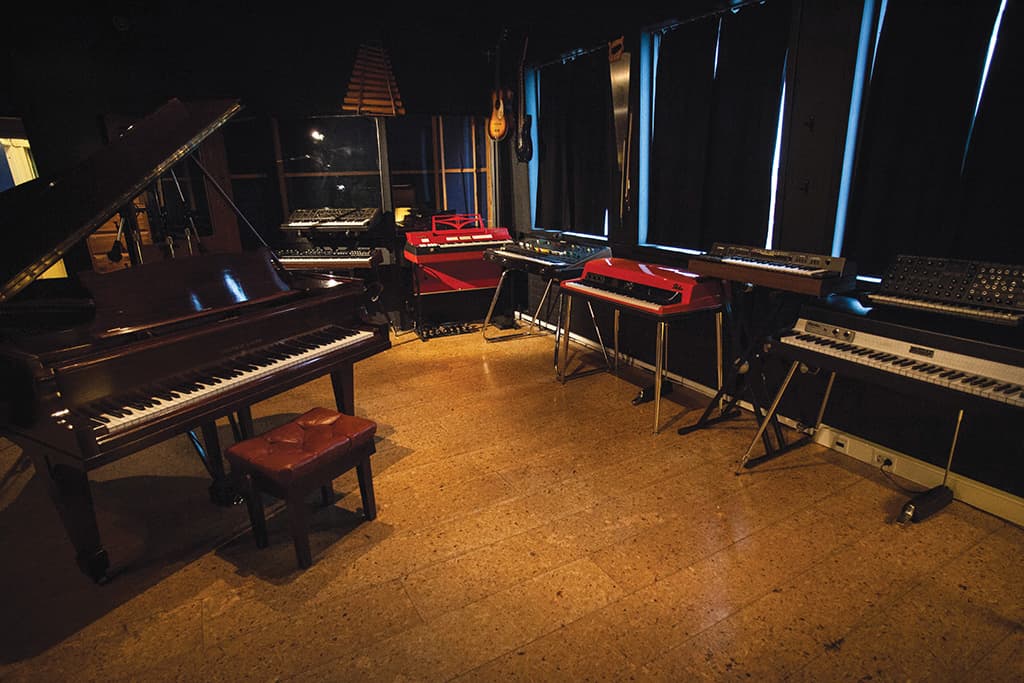


SCENE CHANGE
AudioTechnology: What is the future for Ásgeir?
Kiddi: In The Silence came out in 2012, but at some point we have to say ‘stop’, and start working on the next album. We are so looking forward to writing new songs and recording them, but we have to tour a little bit more to get what we’ve already achieved out there. The album is still pretty new in America. How is the next album going to sound? I’m not sure, but Ásgeir is writing a lot of new material on the road and at home.
AudioTechnology: What else have you been working on?
Kiddi: Ásgeir’s brother Steinni (Þorsteinn Einarsson) is also a talented songwriter, he writes all the songs for Hjalmar. He plays keys, guitar and bass in Ásgeir’s live band and while we’ve been on tour he’s been writing a lot of music for his solo project Uniimog. We’ve been recording both Ásgeir and Steini on the road in hotel rooms all over the world. We had some time off from touring, so Steini, Ásgeir, myself and some of our friends went into the studio to finish it. The music is electronic-ish and not far from Ásgeir’s. It’s electric and it isn’t. Most songs are written on guitar and the electronic elements are added later. It’s a beautiful album that was released before Christmas, but we’re not sure if we’ll be able to tour it. Maybe it’s a one-off, but maybe there will be more. You never know when you start a project where it will take you in the end. You cannot control it, sometimes it gets its own life somehow.
AudioTechnology: What do you see the future holding for you?
Kiddi: Me, I’ve always been a hard worker, some people say a workaholic. It might be a TV show or a new band or studio project — I always find something to do. There’s already been a lot of international touring with Ásgeir this year, and we’ll be back in Australia with Alt-J in May. When you get something this far, you have to keep going to see how far you can get.
I used to work on a lot of high budget projects, but these days I prefer to work on smaller projects. It gives me a different kind of satisfaction.
When I was working as a producer for all kinds of famous Icelandic bands I got a lot of money doing every album, but I prefer doing lower-budget albums that are more fun, like a kid’s album. In the end, it will give you much more pleasure to do the things you love. And the funny thing is, it will probably pay off better in the end if you take fewer gigs and try to make money out of them in some other way besides just getting money from the label. Of course it’s a bit more work, but when you’re doing something you like it doesn’t really matter.
AudioTechnology: How have you seen the Icelandic music scene change over time?
Kiddi: I think the Icelandic scene has been changing a lot lately. Not many years ago it was only the underground or non-mainstream bands like Sigur Rós and Björk who made it outside of Iceland. Now I think eyes are on all of Iceland’s music scene, which could open up avenues for more mainstream music going out of Iceland. I always like it if you don’t really know the road, otherwise it’s boring. It’s even more fun if you don’t really understand what’s going on and that is basically the music business — you never know what’s next. It’s kind of a weird world to live in, and especially to work in. You never know when you’re going to be in or out of fashion, but it’s fun because I’ve been in and out of fashion twice already. It happens to plenty of great artists, look at Neil Young.
It doesn’t take you by surprise, it’s more like ‘ahh, this is my time-out for a while’ and then you just do something else you like and get back in.
You have to be a bit of a fighter, a workaholic and enjoy what you’re doing. I think that’s number one; if you don’t like what you’re doing, you should find yourself something else to do. We are really lucky, we’re the people who are basically working on our hobbies. That’s really special… that’s luck.




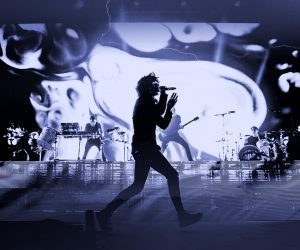
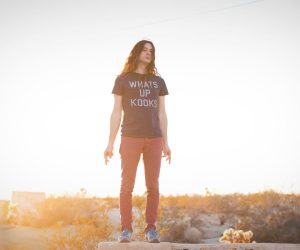


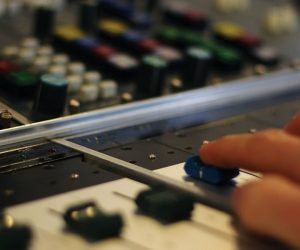


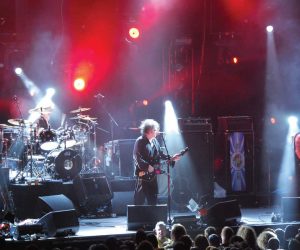




RESPONSES